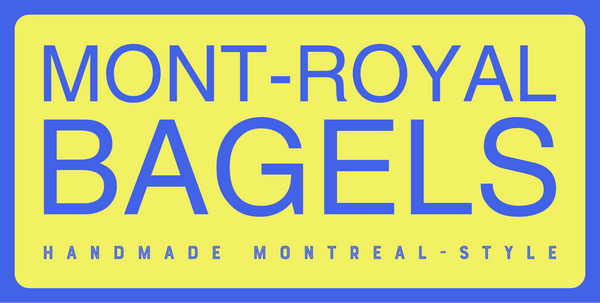History of the Bagel
In 1683 at the end of the Ottoman occupation of Vienna and thanks to the troops we discovered two specialties:
the breakfast croissant and .. the bagel!
Contrary to the legend attached to the croissant which is fairly well known, the origins of the bagel, so very popular in North America, is not.
For the record, there are at least two versions of the legend surrounding the creation of the croissant: one attributes it to an innkeeper and the other to a baker, both would have been surprised to learn that the Turks, ending the siege of Vienna, created a crescent or moon shaped pastry to mark their liberation.
As for the bagel, we should all be grateful to a baker in Krakow.
In order to liberate Austria and Christian Europe from the yoke of the caliph, John III Sobieski, the King of the Poland-Lithuania Union, attacked Vienna with his cavalry and 81,000 soldiers.
He pushed the 130,000 besiegers back within the limits of their empire, and to thank the one dubbed as the "savior of Vienna and Eastern European civilization", a baker in the Polish capital dedicated a new type of bread to him.
Once again, the legend gets in the way by saying that the Krakow baker was of Jewish ancestry and wanted to thank the king for protecting his fellow Jews from Turkish atrocities.
The baker shaped his bread to look like a stirrup, as his hero was known to be a fine knight, addicted to horse riding.

In the language that was spoken at that time in Eastern Europe, stirrup was called “bügel” or “beguel” (pronounced “bay-gol”) from the Yiddish ????? "beygl" in the Shtetl.
And instead of a stirrup the dough took the shape of a circle, and that ring, boiled then baked, followed most of the Ashkenazi communities fleeing pogroms, poverty and anti-Semitism.
The bagel crossed the Atlantic and established itself as a specialty both in New York City and Montreal; rising up to a rivalry comparable to the pastrami/smoked meat fight which in both cases still carries on today.

In Montreal, where the Quebec Board of the French Language recommends the use of the term "baguel", Isadore Shlafman is said to be the first baker of bagels.
Located on "the Main" (Boulevard Saint-Laurent splitting symbolically and physically the city into East and West) in 1919, then on Fairmount Street since 1949, the Fairmount Bagel Bakery is the oldest Montreal bagel store.

Still owned and operated by members of the Shlafman family, the store has its fans that do not want to hear anything about St. Viateur Bagel, founded by Hyman Selikman and Meyer Lewkowicz in 1957 and now owned by an Italian of Montreal, Joe Morena.
Coterie quarrel or rather Shul quarrel!

Both institutions are located in the same neighborhood, the Mile End, which looks like Mea Shearim because of the large Orthodox community that lives there, and have perpetuated a tradition and a craft turned into a rivalry that has made the bagel a symbol of Montreal and differentiate it from the New York City bagel.
Between the two, the difference would be the ingredients and cooking methods.
First, the flour: the one in Canada is stronger and contains more proteins than in the U.S., giving greater elasticity to the bagel.
After the dough has been kneaded in the mixer, the bagels are hand-shaped, then immersed in boiling water.
In Montreal, the water is slightly sweet (with sugar or honey added), while it is salty in New York City.
Plain or sprinkled with sesame, poppy or cumin seeds, the boiled rings end up baking in a wood oven for 15 minutes.
Other ingredients such as malt, eggs, oil can be added to the dough, as well as preservatives for industrial bagels.
The toppings are also varied ranging from chocolate chips to garlic or raisins, fried onions and all kinds of spices.
That said, one of the best ways to enjoy bagels is to serve it with smoked salmon the Montreal way: cut in half, lightly toasted, with cream cheese (Philadelphia or St. Moret) spread on, covered with a thick slice of smoked salmon (hand sliced if possible), then topped with an onion and capers marinade *
